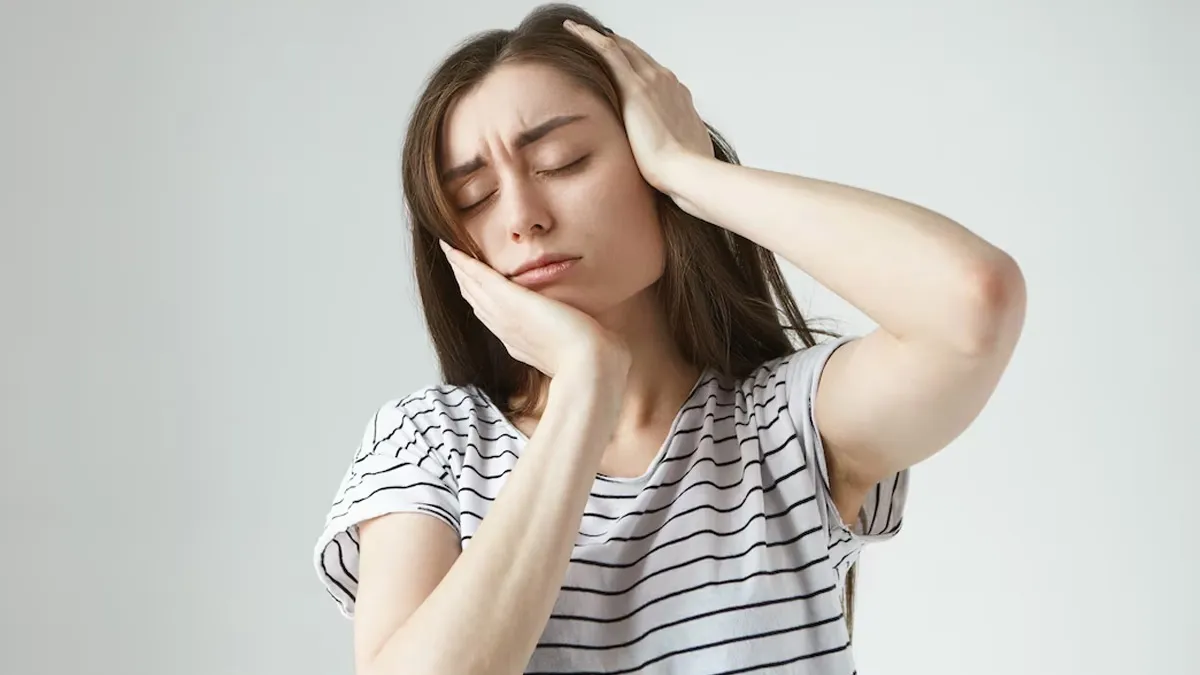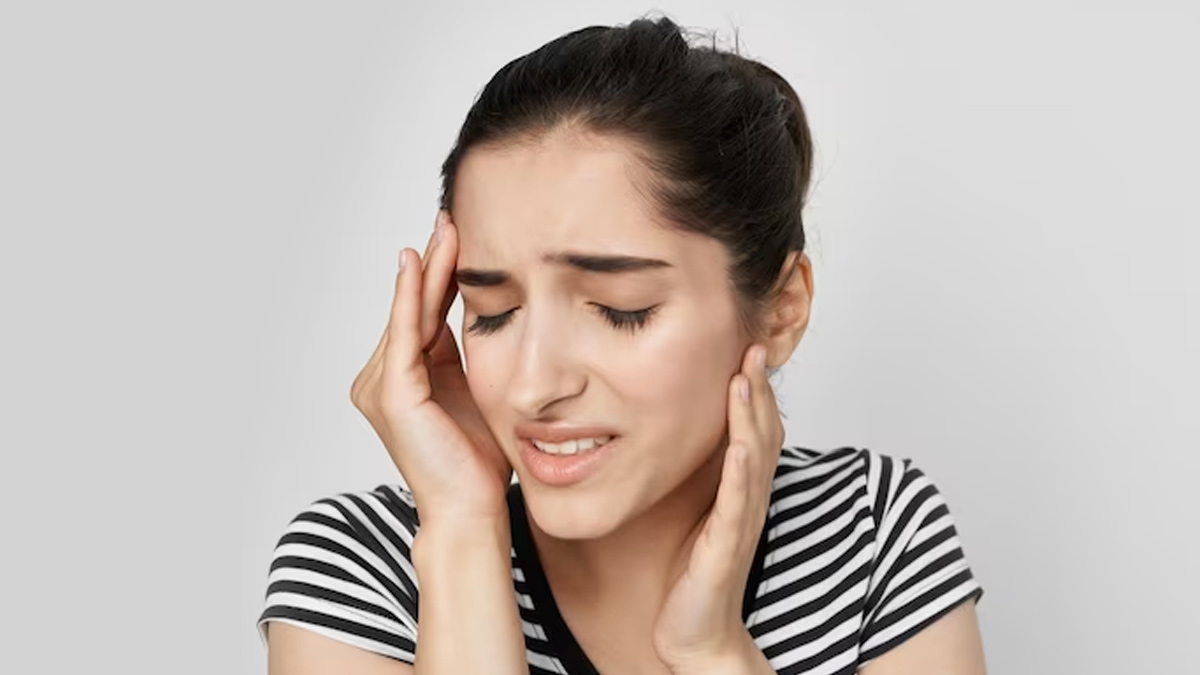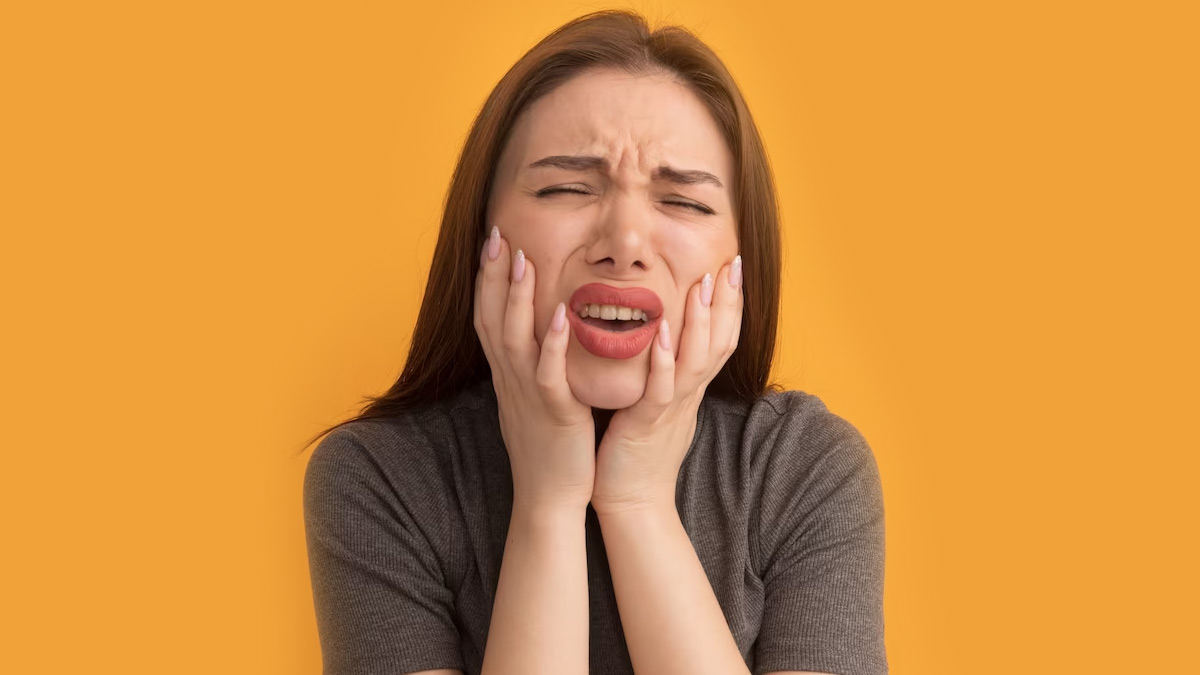
Muscle spasms can disrupt daily life with sudden, involuntary contractions that range from mildly uncomfortable to severely painful. While medications can provide relief, natural remedies offer effective, long-term solutions to those who frequently face this issue without any side effects. If this struck a chord with you, here are a few ways to reduce spasm pain naturally.
Table of Content:-
In an exclusive interaction with the editorial team of Onlymyhealth, Dr Devendra Kumar Singh, Senior Consultant, Sharda Care - Health City, Noida, shared a combination of life choices that will help you restore comfort and mobility.
Ways To Reduce Spasm Pain Naturally
1. Stretch and Massage the Affected Muscle
Gentle stretching relaxes tight muscles, while massage increases blood flow to the area, encouraging healing. Techniques like foam rolling or applying pressure with your hands can relieve tension effectively. For added relief, use essential oils like lavender or eucalyptus during massages.

2. Heat Therapy
Applying heat to the affected muscle can ease stiffness and improve blood circulation. Use a heating pad, warm towel, or take a hot bath to relax the muscle. Heat therapy is especially effective for chronic spasms or tension-related cramps.
Also Read: Feeling Bloated? Here’s What You Can Eat Without Stressing Your Stomach
3. Cold Compress For Acute Pain
For sudden, intense spasms, a cold compress can reduce swelling and numb the pain. Wrap an ice pack in a cloth and apply it to the muscle for 15–20 minutes at a time. Alternate with heat therapy for optimal results.
4. Incorporate Anti-Inflammatory Foods
Certain foods possess natural anti-inflammatory properties that help alleviate spasm pain. Incorporate ingredients like ginger, turmeric, and omega-3 fatty acids found in fatty fish, flaxseeds, and walnuts into your diet. These foods reduce inflammation and promote muscle health.

5. Magnesium Supplements
Magnesium is crucial for muscle relaxation and can help prevent spasms. If your diet lacks magnesium-rich foods, such as almonds, avocados, and dark chocolate, consider a supplement after consulting with your healthcare provider.
6. Practise Mind-Body Techniques
Stress and tension can lead to muscle spasms. Practices like yoga, meditation, and deep-breathing exercises reduce overall stress and improve muscle relaxation. Incorporating these habits into your daily routine can lower the likelihood of recurring spasms.
Also Read: Can Immunity Boosters Help Combat Current Air Pollution? Here's What You Need To Know
7. Maintain Regular Physical Activity
Low-impact exercises, such as swimming, walking, or cycling, can improve muscle strength and flexibility, reducing the risk of spasms. Avoid overexertion, as it can trigger cramps. A balanced routine of strength training and stretching is ideal.
8. Get Adequate Rest
Sleep allows your muscles to repair and regenerate. Poor sleep quality can exacerbate muscle pain and spasms. Create a bedtime routine, limit screen time before bed, and ensure your sleep environment is comfortable.
When To Seek Medical Attention
While natural remedies are effective for most cases, persistent or severe spasms could indicate an underlying medical condition. Consult a healthcare professional if:
- Spasms are way too frequent and unresponsive to home remedies
- Pain is accompanied by swelling, redness, or weakness
- The spasms interfere significantly with daily life
Bottomline
Managing spasm pain naturally is achievable with a combination of life choices such as hydration, proper nutrition, stress management, and physical activity. Try adopting these remedies and habits, to experience long-lasting relief and improved overall well-being. Make sure you visit a healthcare provider if you feel anything unusual.
Also watch this video
How we keep this article up to date:
We work with experts and keep a close eye on the latest in health and wellness. Whenever there is a new research or helpful information, we update our articles with accurate and useful advice.
Current Version
